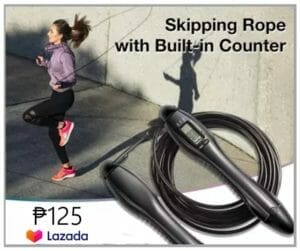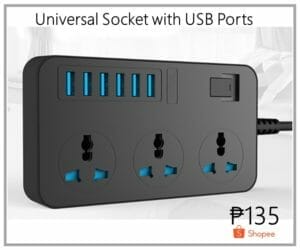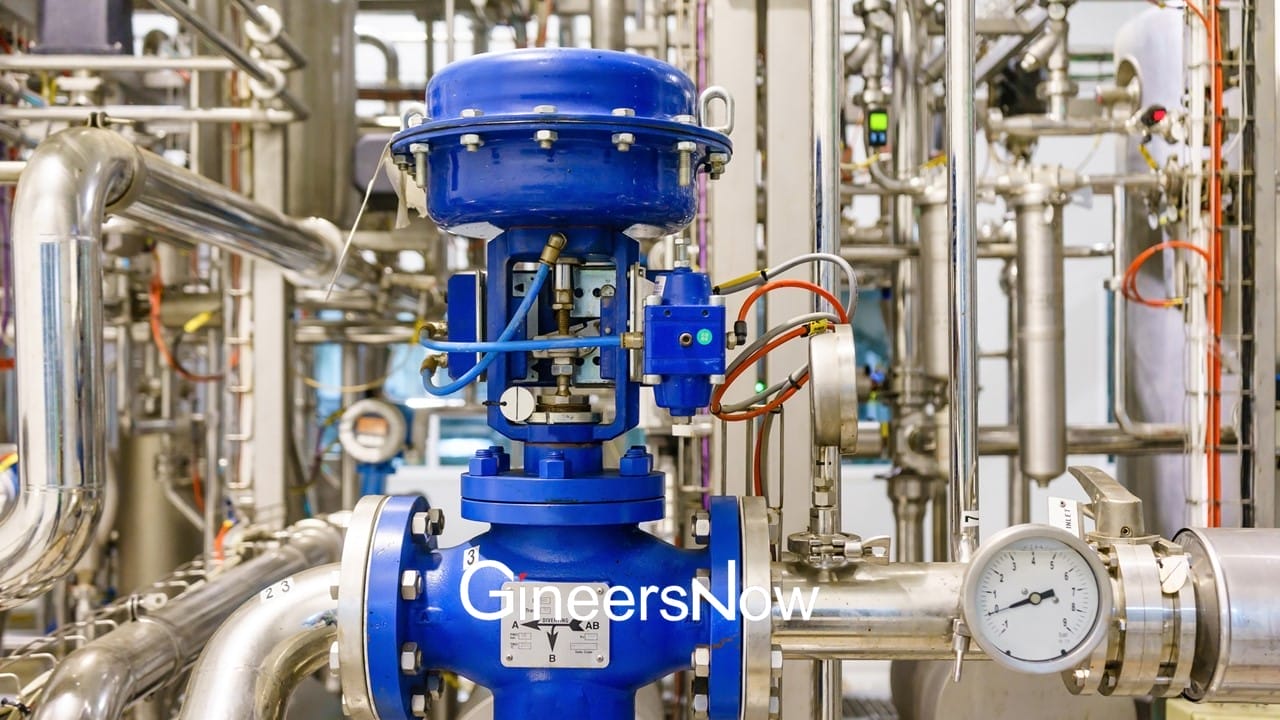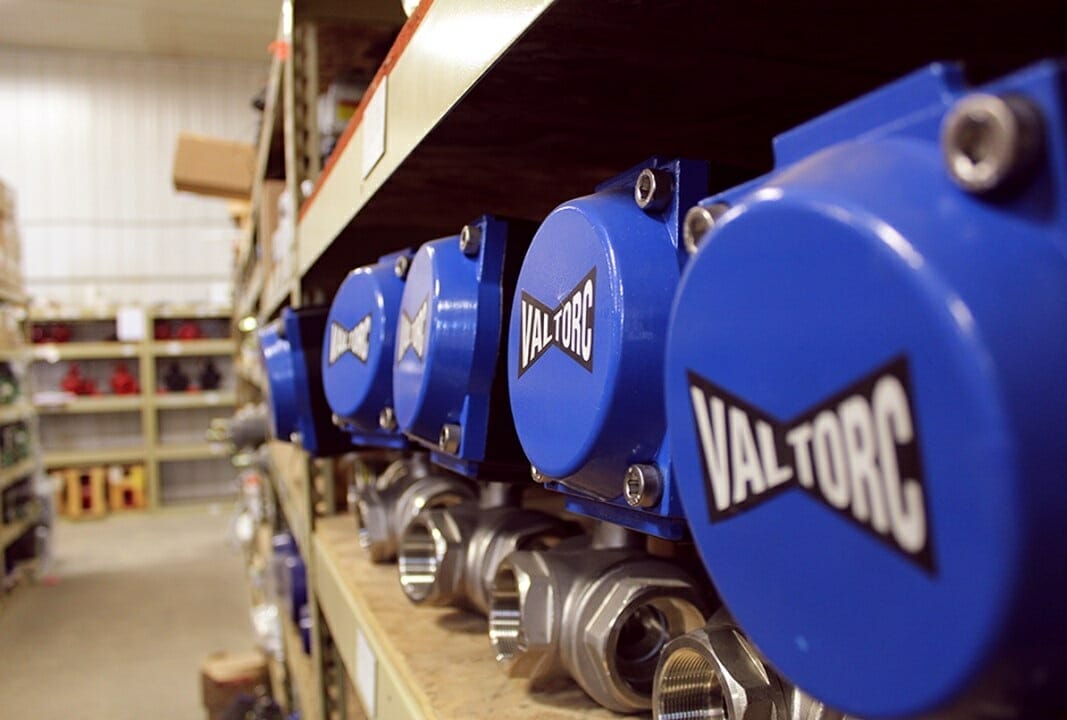The Advantages and Disadvantages of Valve Actuators
Basically, an actuator is a mechanism for closing and opening a valve. The main benefit is that you do not need someone to open and close it manually. In the manual mechanism, an attendant adjusts the valve using a geared or direct mechanism. There are power-operated actuators, hydraulic pressure actuators, and electric actuators. Electric actuators can be controlled remotely, and there are several electric actuator manufacturers on the market.
Globe valves are very helpful for automatically regulating some level, flow, or process. Actuators for globe valves are the only way to close and open the valve. Moreover, there are other ways to control the valve’s position remotely.
Types
Many types are available, such as diaphragm actuators, spring actuators, pneumatic piston actuators, hydraulic actuators, and Electric Actuators. We will discuss them one by one:
Pneumatic Piston Actuators
It works by converting energy (formed by compressing air) into mechanical motion. The motion can be linear or rotary, depending on the type. It contains a piston that helps generate motive power. It keeps the air in the upper portion so that it can force the diaphragm to rotate or move the valve stem.

Advantages: –
- Torque or High Force Capability
- Lightweight and compact design.
- It can work at high temperatures.
- High stiffness and Fast stroking speed
Disadvantages: –
- It requires additional springs and accessories for fail-safe
- Also, you need a positioner for throttling
- Need high pressure
- Very costly

Electric Motor Actuators
In this type, a motor converts electrical energy into mechanical torque. Electricity is needed to operate it.
Advantages: –
- It has a compact design and very high stiffness
- You do not need any piping to supply pressure.
- Moreover, it has a high output capability
Disadvantages: –
- The cost is very high and does not have a fail-safe action
- Stroking speed is the slow and limited duty cycle

Electro-Hydraulic Actuators
This type works on the Pascal law. It states that an increase in pressure in any part of a confined fluid causes an equal increase of pressure throughout the container. This means that if we apply a force in any part, it will travel throughout the whole system.
Advantages:
- High stiffness and output capability
- Great throttling ability and fast stroking speed
Disadvantages:
- Costly
- Complex and difficult maintenance
- You need certain accessories to make it fail-safe

Spring and Diaphragm Actuators
The workings of it are very simple. In this type, air to the diaphragm pushes the stem downward. Moreover, the air compresses the spring, which in turn pushes the stem. Also, the air to the diaphragm casing causes the stem to move upward. It also compresses the spring, which in turn moves the actuator stem downward.
Advantages:
- The cost is very low
- Also, have the capability to throttle without a positioner
- Fail-safe action
- Low-pressure supply requirement
- It can be easily adjustable according to the condition
- Maintenance is easy.
Disadvantages:
- Size and weight are large
- Output capability is limited














